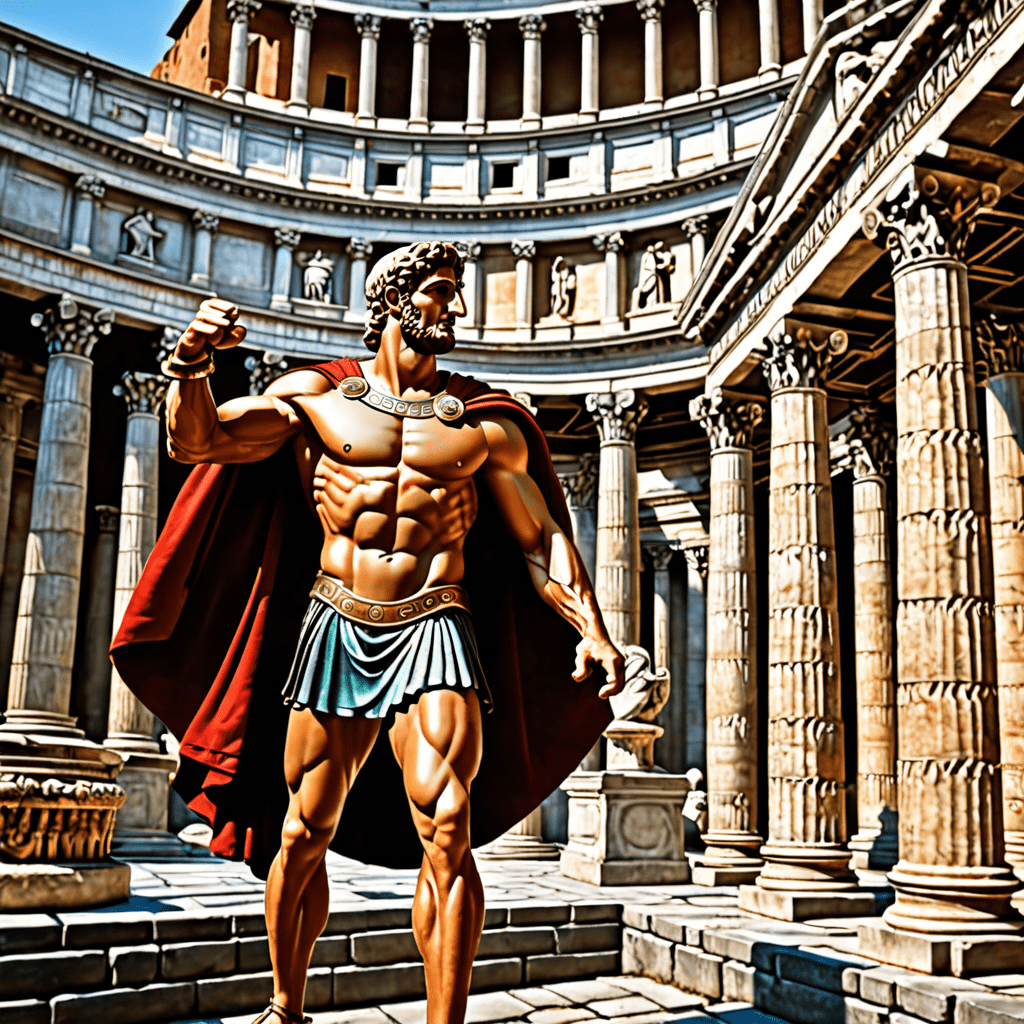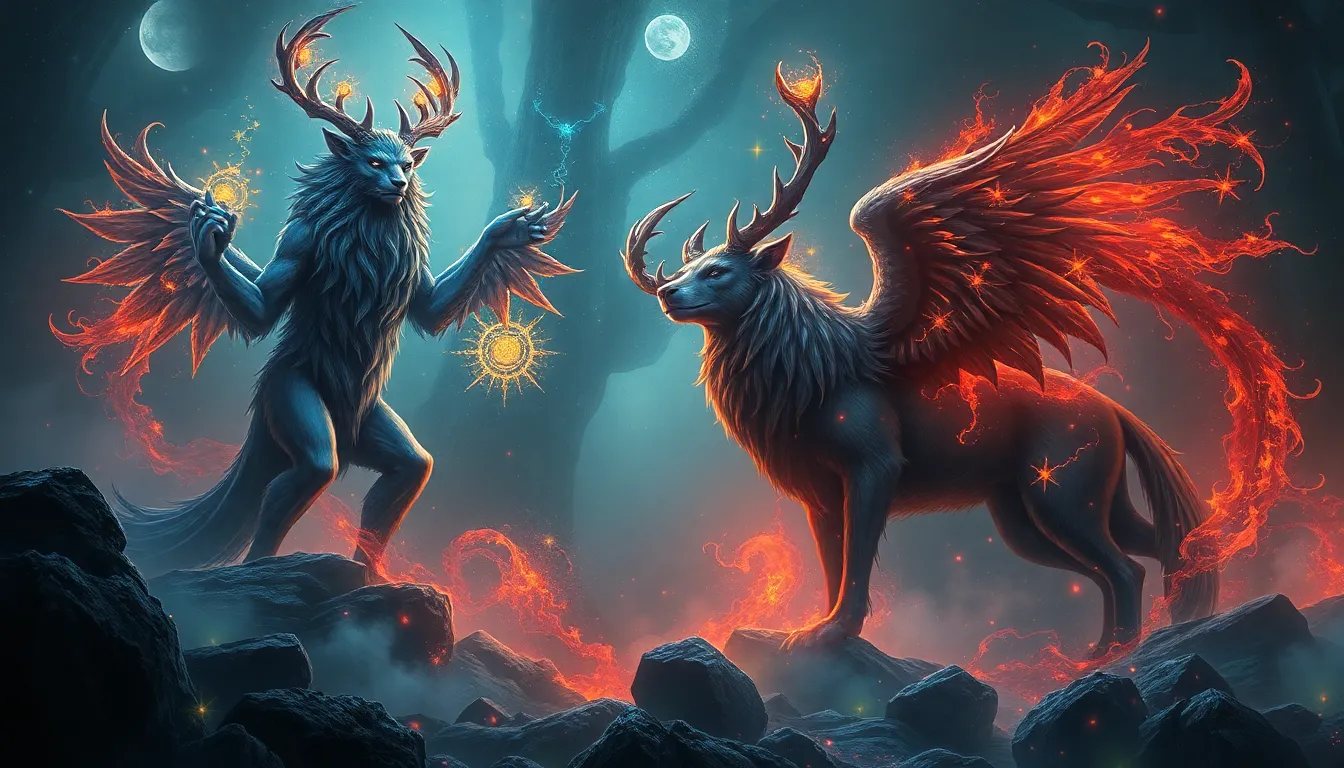The Role of Art and Craftsmanship in Norse Mythology
The Significance of Art and Craftsmanship in Norse Mythology
Art and craftsmanship hold a profound significance in Norse mythology, reflecting the intricate beliefs and values of the ancient Norse people. The Norse gods and goddesses were often portrayed as skilled craftsmen and artists, shaping the world and its inhabitants with their creative abilities. These artistic endeavors were not merely for aesthetic pleasure but served deeper symbolic and functional purposes within the mythological framework.
Artisans in Norse Mythology
Many legendary figures in Norse mythology were celebrated artisans whose mastery extended beyond mere craftsmanship. For example, the god Loki, known for his cunning and mischief, was also a skilled shape-shifter and talented craftsman. The iconic figure of dwarf craftsmen, known as the Dwarves or Dvergar, played a pivotal role in crafting powerful artifacts such as Thor’s hammer, Mjölnir, and Odin’s spear, Gungnir. These artisans embodied the fusion of creative prowess and magical intrigue that permeated Norse mythological narratives.
The Connection between Art and the Divine in Norse Mythology
In Norse mythology, the act of creation through art and craftsmanship was deeply intertwined with the divine forces that governed the cosmos. The gods themselves engaged in acts of artistic creation, using their skills to shape the world and all its inhabitants. For instance, the god Freyr, associated with prosperity and fertility, was often depicted with symbols of abundance and artistic beauty, highlighting the intrinsic link between artistry and the sacred in Norse beliefs.
The Legacy of Norse Art and Craftsmanship
The legacy of Norse art and craftsmanship transcends the boundaries of mythological tales and continues to influence contemporary art forms and cultural practices. The intricate metalwork, detailed storytelling through rune inscriptions, and vibrant visual representations in Norse artifacts speak volumes about the captivating fusion of art and mythology in ancient Norse society. From intricate jewelry adorned with mythological motifs to elaborate wood carvings depicting epic sagas, the artistic legacy of the Norse tradition endures as a testament to the enduring power of creativity and craftsmanship.
Frequently Asked Questions About the Role of Art and Craftsmanship in Norse Mythology
What role did art and craftsmanship play in Norse mythology?
Art and craftsmanship held significant importance in Norse mythology. Skilled artisans like the dwarves crafted powerful artifacts for the gods, such as Thor’s hammer, Mjölnir, and Odin’s spear, Gungnir. Their creations often played pivotal roles in myths and symbolized divine power.
Which Norse gods were associated with art and craftsmanship?
The Norse god Loki was not only known for his trickery but also for his skills in shape-shifting and craftsmanship. Other gods like Odin and Freyja were patrons of the arts and inspired creativity among mortals and fellow deities. The god Thor was also linked to craftsmanship, especially in the forging of weapons.
How did art and craftsmanship influence Norse mythology?
Art and craftsmanship were integral to the myths and legends of the Norse pantheon. They provided a way for gods and beings to express their power, create magical objects, and forge alliances. The intricate works of artisans often served as symbols of protection, strength, and cultural identity within the mythology.



